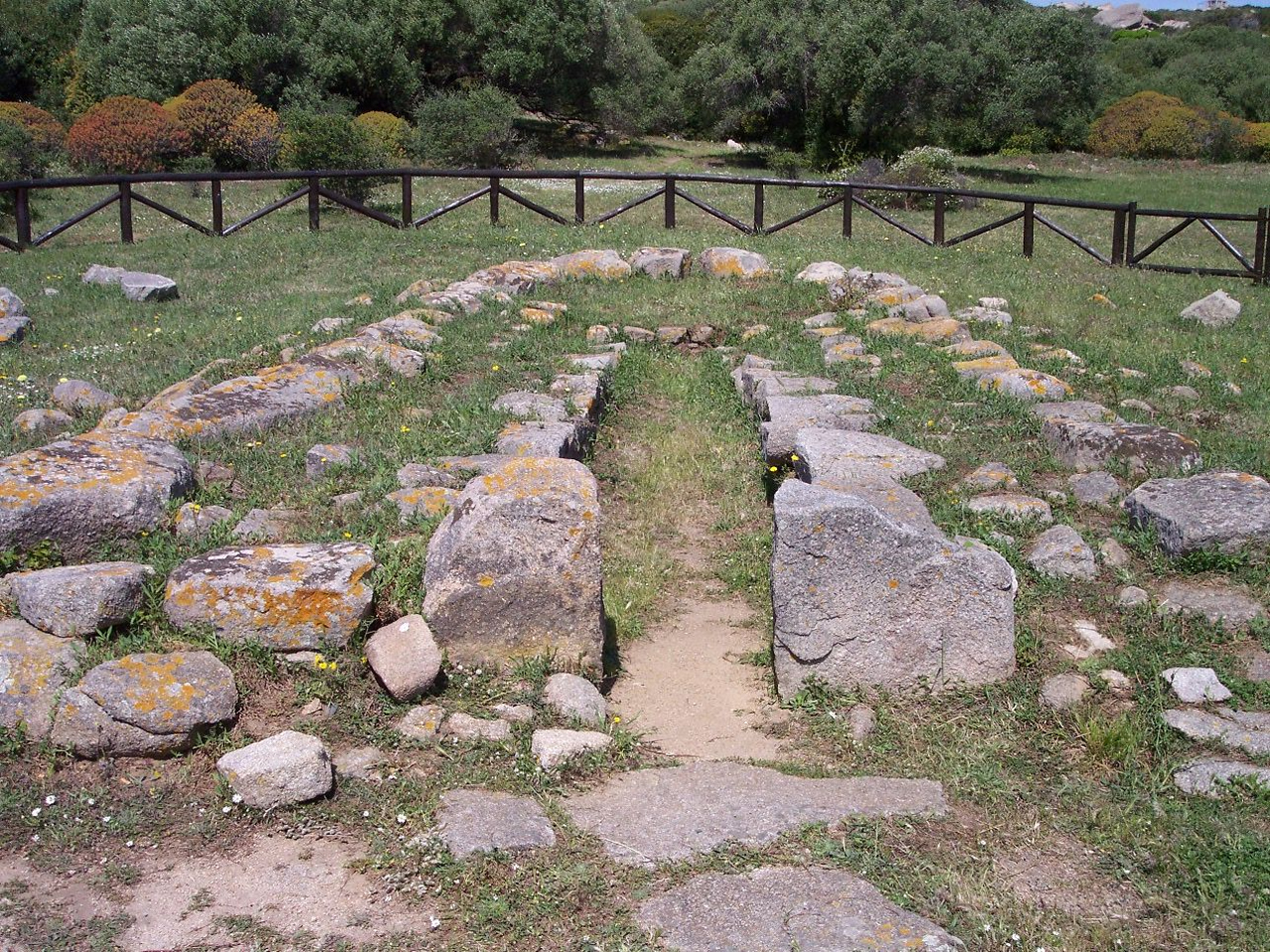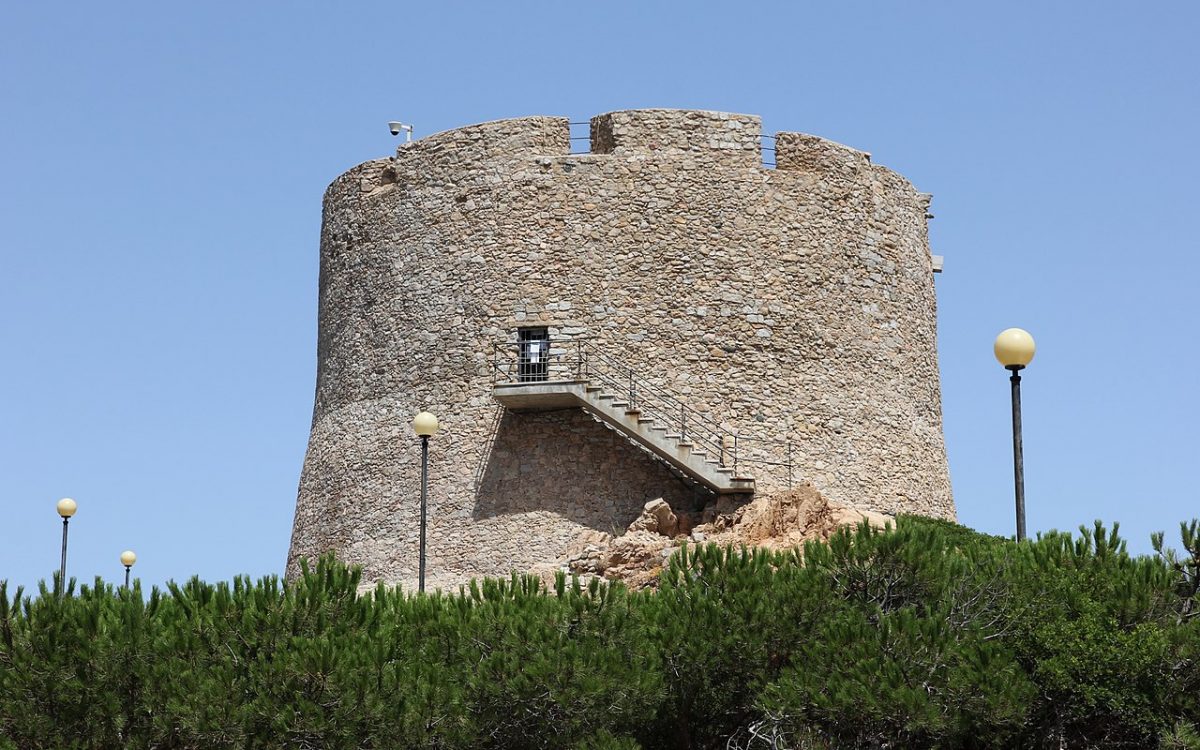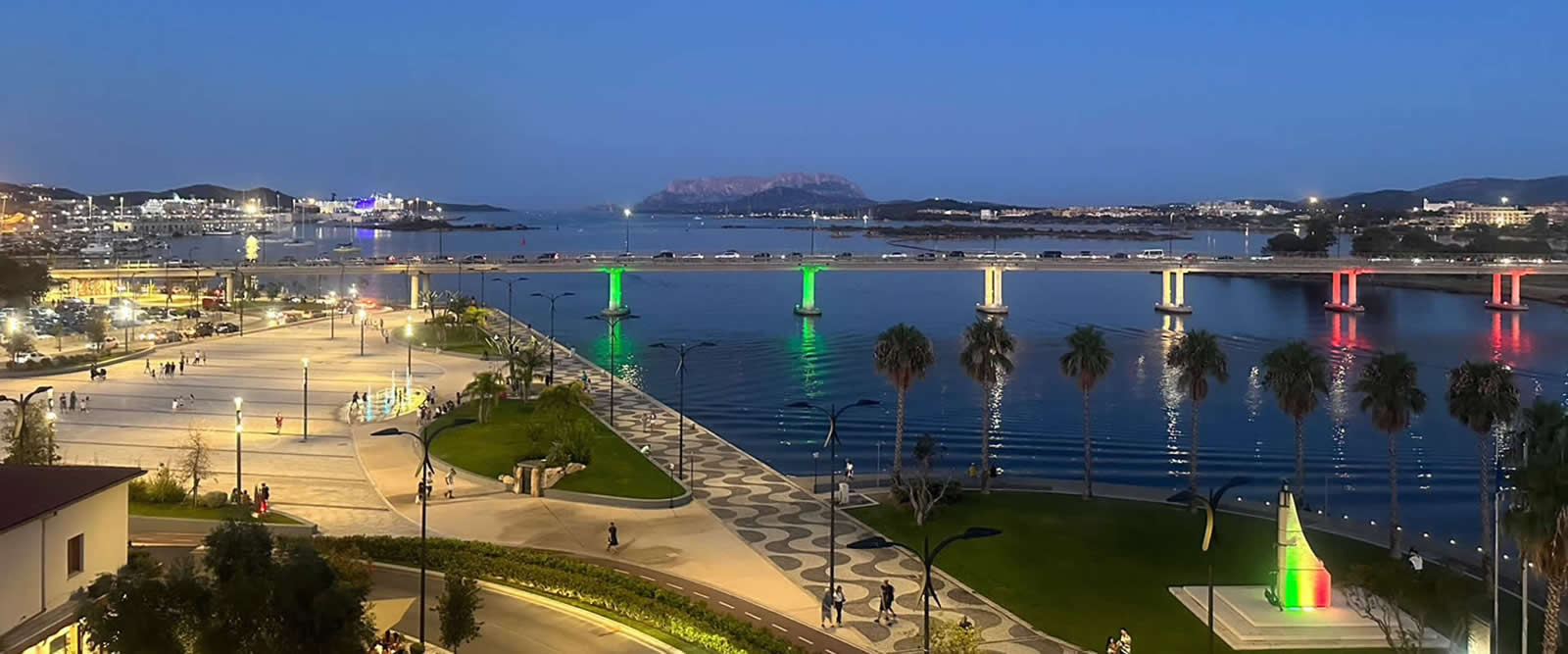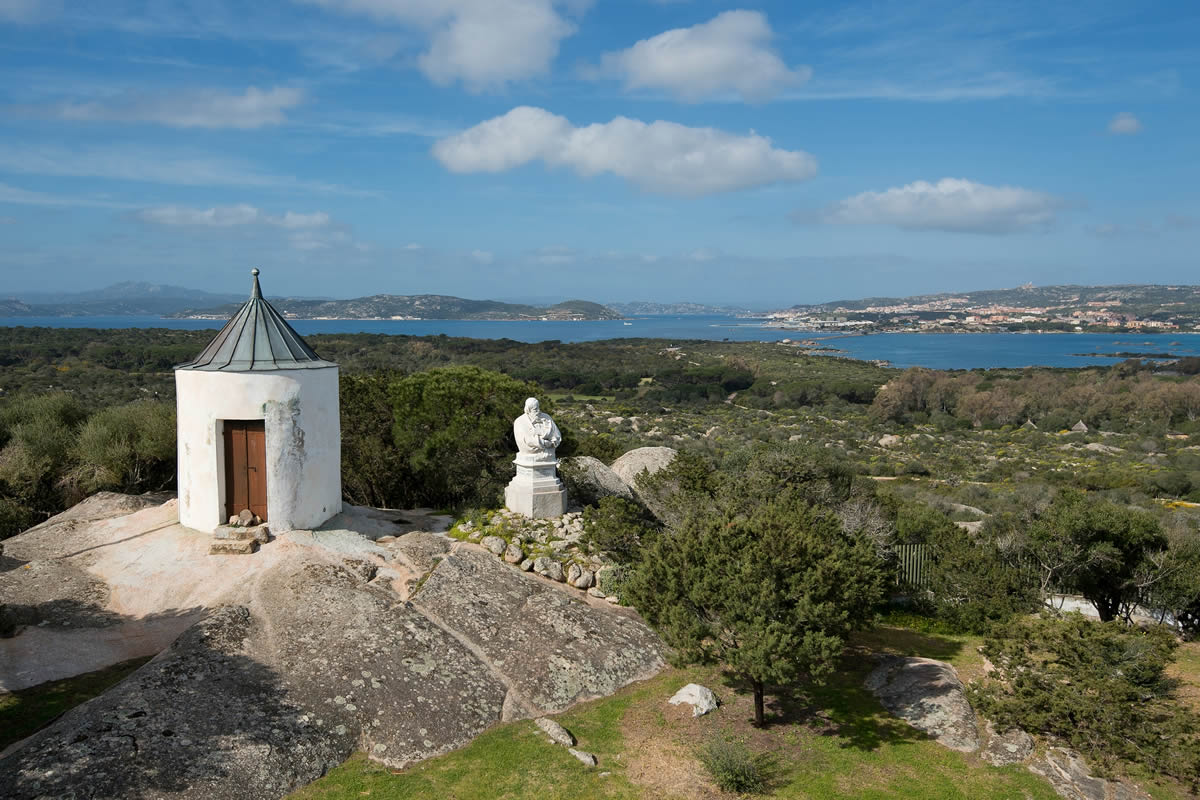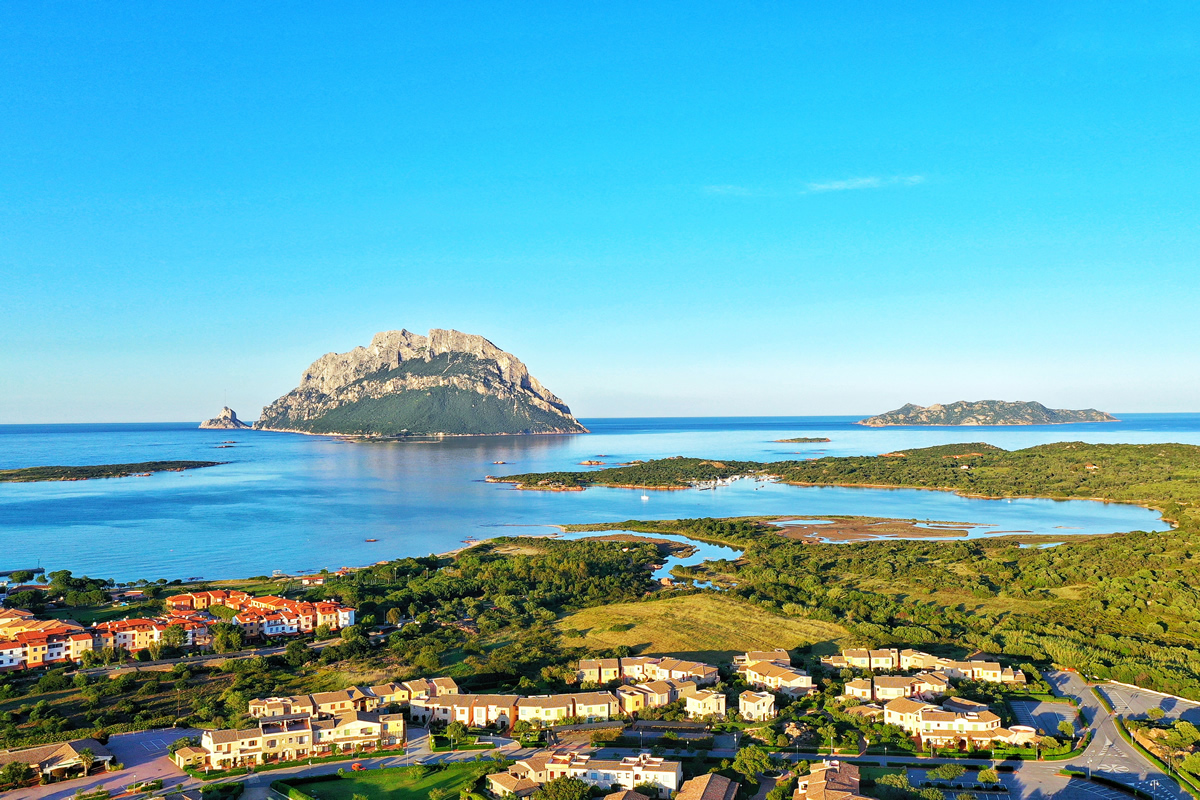What to do in Santa Teresa Gallura if it rains: some ideas to spend a day in an alternative and interesting way
When imagining a holiday, especially in Sardinia, rain is not a contemplated element.
Yet the days are not always sunny even in the height of summer and it can happen that you are in the one where, despite the mild temperatures, rain is expected.
But don’t panic: this ancient land has many opportunities in reserve for you to make yourself known better.
Below you will find some tips on what to do at Santa Teresa Gallura if it rains or there is bad weather.
You can spend time pleasantly discovering that this beautiful town offers much more besides its wonderful beaches.
This area in fact teems with sites of cultural interest spanning a period of time from 1400 BC. to the present day.
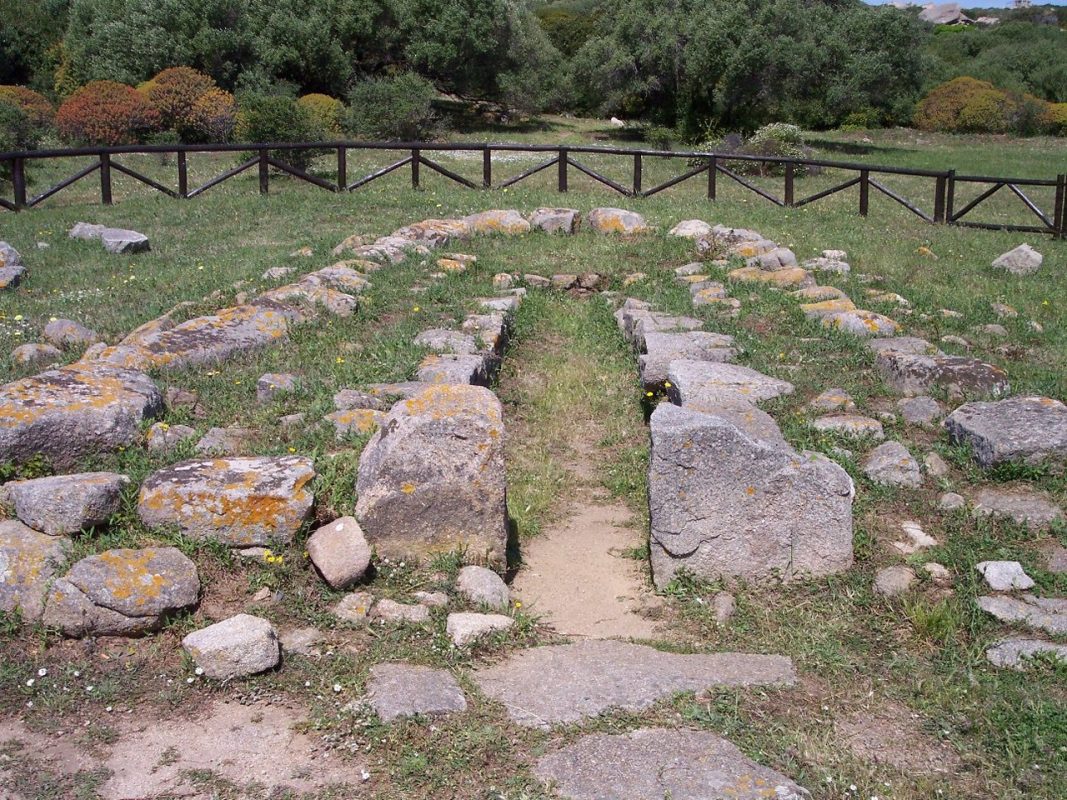
Credits – Wikipedia CC
The Lu Brandali Archaeological Site and Tomb of the Giants
The site dates back to the heyday of the Nuragic era, in which Sardinia was undoubtedly one of the most developed areas of the Mediterranean, in a time span from the 14th to the 10th century. to. C.
The area consists of:
– a nuraghe with two towers;
– a marvelous tomb of giants where numerous human remains were found accompanied by the funerary equipment;
– the village that surrounded the nuraghe, where numerous artifacts have been found that have given the opportunity to understand daily life;
– a very interesting educational center, where it is possible to have a 3D experience that truly illustrates the life of the ancient inhabitants of this area. More information at the website of the Cool Tour Gallura.
How to get there
Coming from Santa Teresa proceed to Capo Testa and after about 1.5 km turn left. You will find yourself at the entrance to the Lu Brandali archaeological area
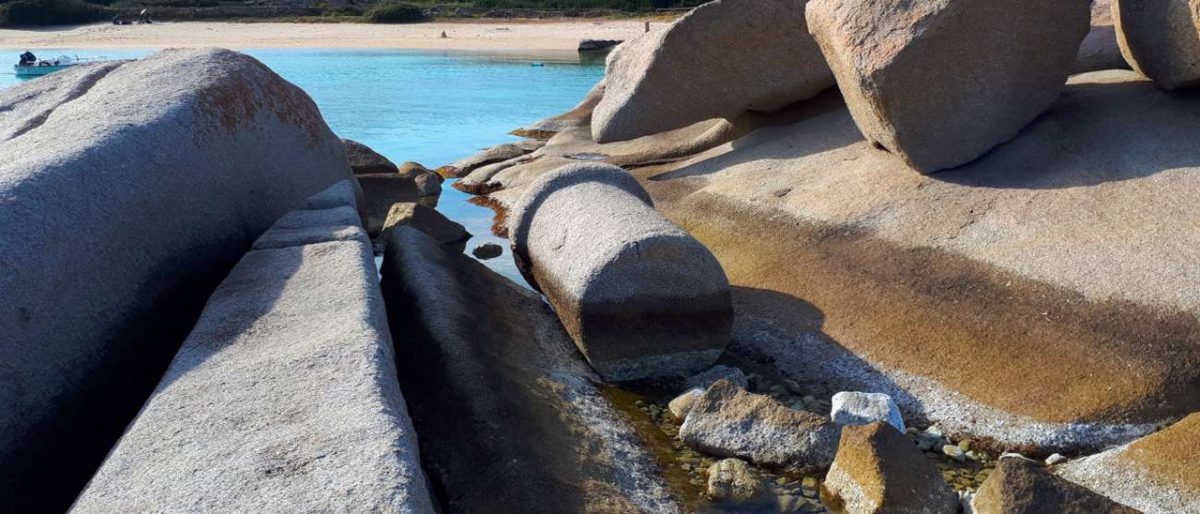
Credits – Sardegnaturismo.com
The Roman quarries of Capo Testa
In the past as well as today, granite is an important aspect of the landscape and economy of Gallura, and the area of present-day Santa Teresa was also noticed by the Romans, who settled in Sardinia for over seven centuries starting from 230 BC. . C.
This area in particular was affected by a massive Roman presence between the 1st century BC. and the 1st century AD, as documented by the excavations carried out.
The area, not far from the town center, still has the remains of the granite quarry from which, it seems, the material for the construction of the Pantheon in Rome was extracted.
The rough columns are clearly visible and some even with semi-finished capitals.
How to get
Passing from the Rena Levante beach on the right side of the isthmus, about 3 km from Santa Teresa Gallura.
Credits – Gianni Careddu by Wikimedia
The Longonsardo tower
The Tower was built between 1577 and 1599 on the orders of King Philip II of Spain, in the fight against the incursions of the Barbary pirates.
It was therefore part of a more ambitious project that had as its objective the entire coastal control of Sardinia, with the use of 105 towers of various sizes and importance.
That of Longonsardo (ancient name of Santa Teresa Gallura which in fact has remained in the Sardinian name of the town, Lungoni) was of medium importance or Senzilla. Built with large blocks of local granite, it is still in excellent condition today.
11 meters high and 19 meters wide, it originally consisted of 3 rooms and did not have an entrance, which was allowed by easily retractable rope ladders.
With the end of the period of Spanish domination and the danger coming from North Africa, the tower becomes important in terms of territorial defense against the French.
The birth of the village of Santa Teresa is fundamentally due to this aspect, sanctioned by Vittorio Emanuele I in 1808.
Note:
It can be visited from 1 April to 31 October every day from 9.30 to 18.30
How to get there
The Tower is located within the town, just 800 meters from the main square, proceeding towards the Rena Bianca beach.
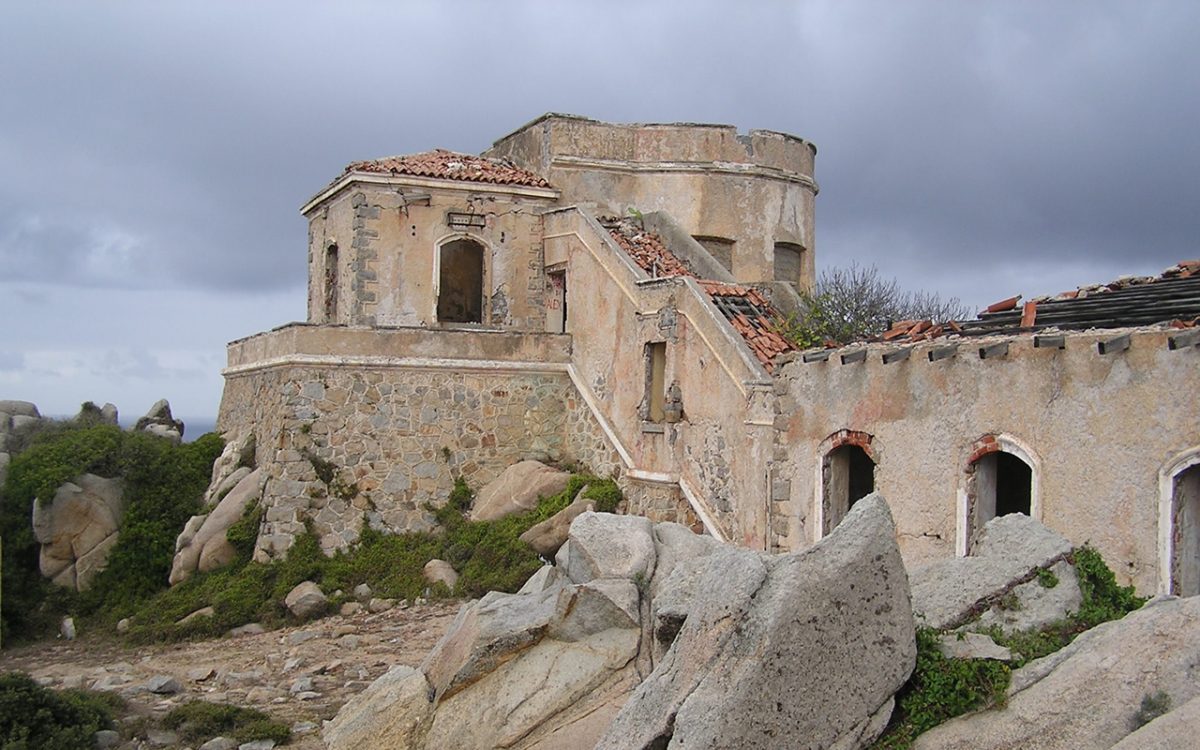
Credits – Gianni Careddu by Wikimedia
The batteries and coastal forts of Santa Teresa Gallura
The history of Lungoni first and then Santa Teresa is characterized by the concern, now fortunately vanished, of attacks from the outside.
The coastal fortifications which had as their objective the identification and sinking of enemy ships are placed in this perspective.
The Punta Falcone area hosts:
– The Garassini dual-purpose battery. This battery had the possibility, given by its armaments, of being able to shoot down aircraft and ships. Built in 1920 within the promontory of Punta Falcone, it can now be reached along the Punta Contessa path. Incorporated in the granite, it enjoys a fantastic panorama.
– the Caroli anti-ship battery, also built between World War I and II, has three pitches that originally contained the large 305mm anti-ship guns. There are walkways inside the fortress that lead to the ammunition warehouses, barracks and buildings used as powder kegs with tracks for transporting large bullets.
– The Ferrero Battery, in good condition, was equipped with four 149-sized navy guns. The soldiers’ quarters, kitchens, washrooms and bathrooms can still be seen.
How to reach them
From Santa Teresa Gallura reach La Ficaccia. When you reach the hamlet, take the road (which then becomes a dirt road) towards Punta Falcone.
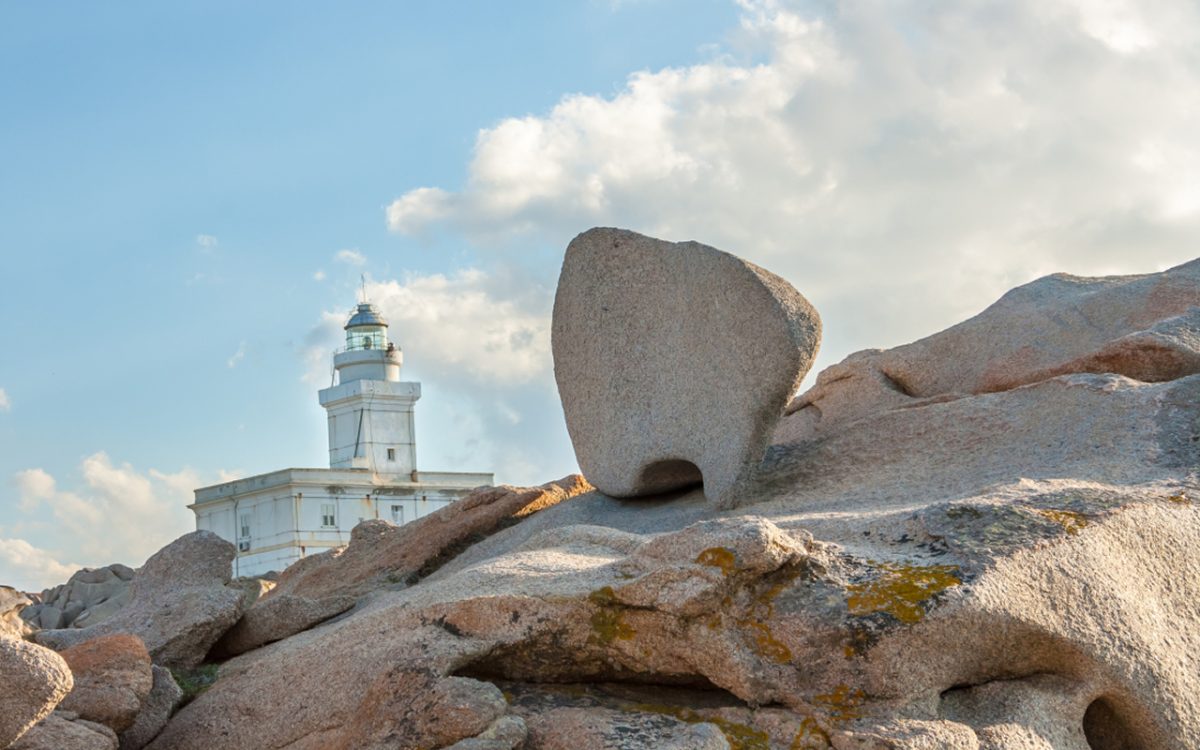
Credits – aldorado shutterstock.com
The Capo Testa Lighthouse
Capo Testa Lighthouse, perfectly up and running, thanks to its position overlooking the entire area of the Strait of Bonifacio, it is the most important for navigation in northern Sardinia.
Built in 1845, it has a rectangular plan and is spread over two levels.
Above it stands the tower with the lantern, with a square base, painted in the typical white color.
The entire lighthouse is 23 meters high, with a range of 17 nautical miles (over 30 km), therefore perfectly visible from Corsica and the islands of the La Maddalena archipelago.
How to reach the Capo Testa lighthouse
From Santa Teresa continue towards Capo Testa. A single road of just over 4 km leads to the lighthouse.
We hope to have given you some useful suggestions on the area of Santa Teresa Gallura.
And if you are thinking of coming on vacation, we can only recommend our Hotel La Coluccia, overlooking the beach of Conca Verde.

